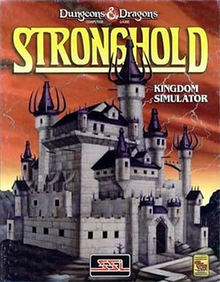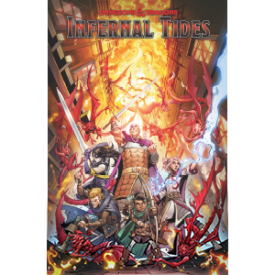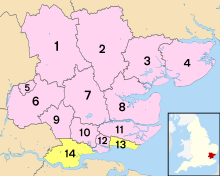According to the rulebook for Dungeons and Dragons, (D&D), enchantment is the use of spells and wizardry. D&D Characterized the class of imagination role-playing games and stays the most well-known table-top rendition. Large numbers of the first ideas have become generally utilized in the role-playing half orc d&d names local area across various anecdotal universes, just as across all ways of famous media including books, table games, computer games, and movies.
The effects of each spell are different in each version of the Dungeons and Dragons corpus, along with their names. The distribution of Advanced Dungeons and Dragons (1977) incorporated a substantially more complicated and precise style to wizardry. The list of individual spells is still considerable, however, each spell now includes information related to the spell’s level, term, area of effect, parts, and casting time. There are three sorts of parts: verbal parts are enchantment words, material parts are actual components and substantial parts are the little known tokens of the hand and body”. Magic was currently partitioned into either hidden or divine sorcery.

This version likewise incorporates what the game planner local area would come to call the Vancian sorcery framework. Wizards should remember all the spells that they intend to project in the Vancian model. At the point when they cast a given spell, it vanishes from memory and should be retained again if the enchantment client so wants.
The purpose of the Vancian enchantment framework in Dungeons and Dragons was to make restrictions on wizardry clients to adjust the general game.
D20 System
Wizards of the Coast distributed the d20 System in 2000 for the third release of Dungeons and Dragons. Because of the Open Game License, the center arrangement of rules is utilized as the reason for some games. There are numerous d20 games that use the spell list from the D&D System Reference Document, while others make their own or even replace the whole sorcery framework entirely.
The Vancian enchantment framework included fundamental suspicions regarding how hidden sorcery functioned that just started to change with D&D 3e (2000), which presented the non-retaining magician, and with D&D 3.5e (2003), which presented the voluntary warlock.
Modernization
In addition to spell-casters having powers, the Fourth Edition of Dungeons and Dragons (2008) added unique forces to each class. The mechanical difference in adding voluntarily and experience powers “moved spell-casters from the possibility of ‘Vancian’ spell projecting. Wizardry things were likewise incorporated into a person’s movement, with everything having proposed levels”. Fourth release isolated wizardry into three sorts: hidden, heavenly, and basic. Druids, shamans, and brutes presently rehearsed basic wizardry while priests, paladins, and officers rehearsed divine enchantment. However, enchantment school specialization was once again added by the fourth version Essentials line, despite “disabling” the school-of-wizardry approach to hidden sorcery.
The fifth release of Dungeons and Dragons (2014) utilizes a crossbreed arrangement of Vancian and voluntary enchantment. Priests and wizards are some of the classes that use the most common method of planning spells they can cast regularly from their spell list. Different classes, like versifiers and alchemists, “have a restricted rundown of spells they realize that are constantly fixed in the brain”. The possibility of free enchantment from the fourth release “primarily endures now as the technician behind cantrips, which permit spellcasting classes to continue to utilize sorcery in any event, even after they’ve used all of their daily spell slots.



